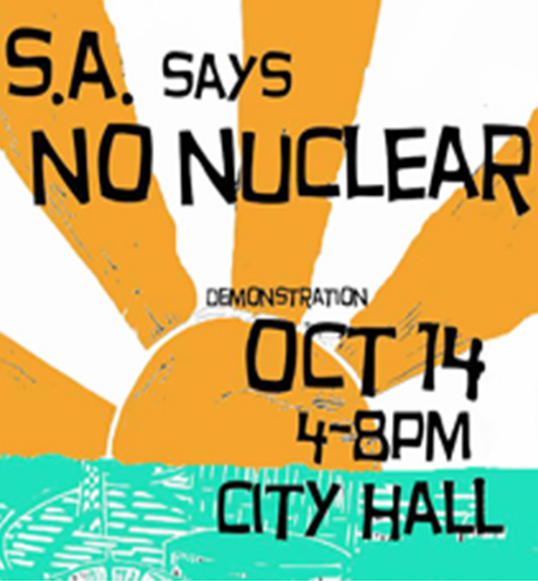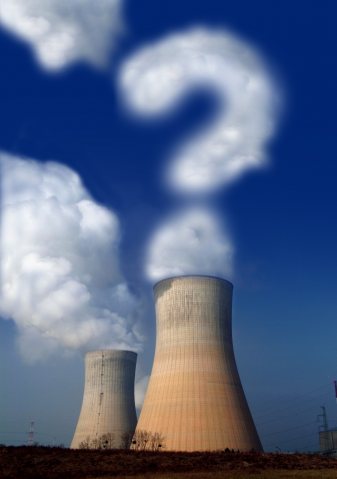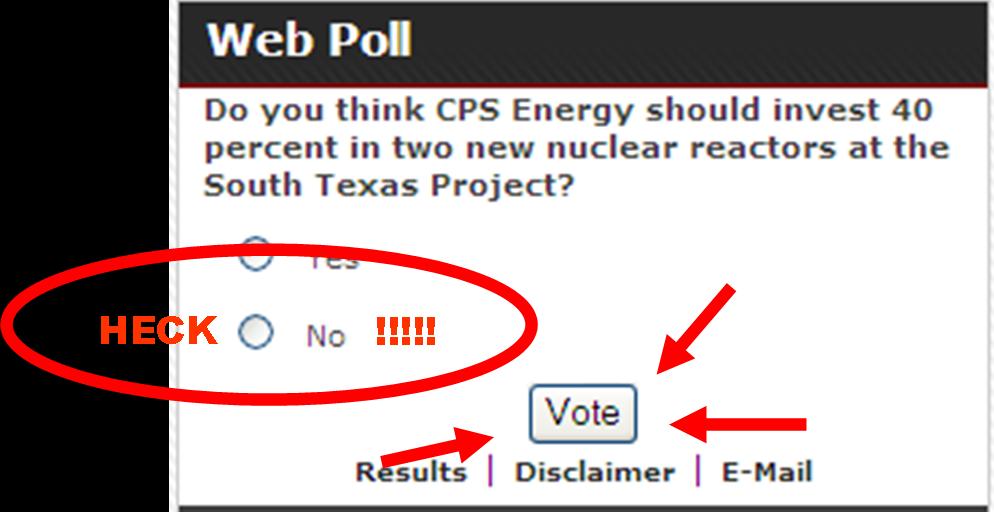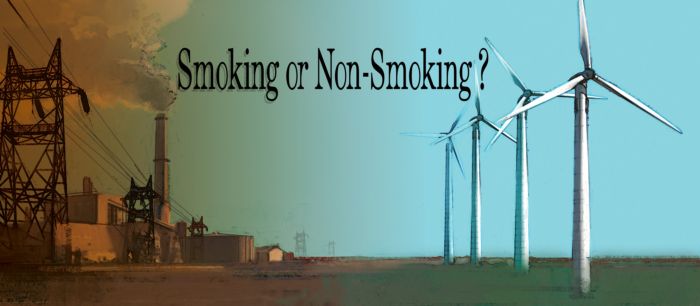UPDATE: Safety panel hearing in the news: at the Houston Chronicle and the San Antonio Express News
Citizen opposition to two proposed nuclear reactors at the South Texas Project continues with another success. On August 27th the Atomic Safety and Licensing Board (ASLB) Panel found that the nuclear applicant, South Texas Project Nuclear Operating Company (STPNOC), had failed to adequately analyze issues raised by concerned citizens in their Petition to Intervene in the proposed expansion at STP.
“This is a major victory for those living in the South Texas Project region and throughout Texas,” said Karen Hadden, Executive Director of the SEED Coalition. “The decision recognizes that the South Texas Project reactor application is still inadequate, two years after it was submitted. We now have a case against the reactors that will move forward.”
SEED Coalition, Public Citizen and the Bay City based South Texas Association for Responsible Energy (STARE) are Intervenors in the case. Attorney Robert V. Eye went before the ASLB Panel in June and argued the admissibility of 28 contentions challenging the license application for two additional reactors, Units 3 and 4, at the South Texas Project. The ASLB Panel has ruled on 19 of the 28 contentions submitted and found that one of the contentions deserved further inquiry, giving Intervenors a case against the reactors. It is not known when a decision will be made on the remaining contentions.
“South Texas Project’s reactor application is seriously flawed.” said Mr. Eye. “They failed to analyze how a severe radiological accident or a major fire or explosion at any of the four units would impact the other remaining units at the site. This is a major omission and the issue should have been considered by STP.” The contention reads:
Contention 21 – Impacts from severe radiological accident scenarios on the operation of other units at the STP site have not been considered in the Environmental Report.
“A radiological accident at one unit could cause impacts and disruptions in operations at the other units,” said one of the Intervenors, Bill Wagner, a former STP Operations Supervisor. “How would operations at undamaged units continue in the event that the entire site becomes seriously contaminated? STP needs to address this.”
Water Issues Are Yet to be Decided
The ASLB panel delayed a decision on all nine of the Intervenors’ contentions that deal with water issues. The issues yet to be ruled on include: the build-up of radioactive particulate in STP’s Main Cooling Reservoir (MCR), increasing levels of groundwater tritium, the vulnerability of the MCR to flooding, insufficient limits on toxic discharges, reliance on dilution to achieve discharge standards, unregulated wastewater discharge, unevaluated reduction in groundwater supply for adjacent landowners, unevaluated reduction in surface water flow, and inadequate supplies of fresh water due to global warming impacts.
“Nuclear plants consume enormous amounts of water and are vulnerable to shutdown during drought and reduced river flows. The two proposed reactors would use over 23,000 gallons of water every minute.This is a real one-two punch. Not only would STP’s operations reduce water supplies for cities like Austin or San Antonio, but the plant might not even be able to operate if the Lower Colorado River has severely reduced flows from drought,” said Hadden. “These problems don’t exist for wind, solar and geothermal sources to generate electricity.”
“The current water shortages in our area are hitting us hard,” said Susan Dancer, a local wildlife rehabilitator and Chair of South Texas Association for Responsible Energy. “Livestock suffer since hay and other feedstuffs are in incredibly short supply and there is no grass left. We have personally spent over $5000 this summer having hay trucked in from other areas on semis and have gone deep into debt trying to keep the livestock fed and healthy. Everyone here is in the same situation, so selling off stock is not an option. Prices are at all-time lows due to the large number of producers who are dumping stock at the markets already.”
“Texas is in a Stage 4 drought and has been declared a disaster area. The Texas Department of Agriculture says there are no programs available to assist us,” said Dancer. “Granting more water to industry, especially nuclear reactors that consume vast quantities of water, is not an option. This drought and others to come may be even worse.”
When it comes to water, San Antonio and Central Texas citizens are feeling the pain as well. On Monday, the San Antonio Water System filed suit for breach of contract against the Lower Colorado River Authority for $1.23 billion. The suit claims that the water-sharing project was killed by the river authority to make sure there would be enough water for power plant deals in Matagorda County. At the same time CPS Energy, the San Antonio municipal utility, seeks to be a partner in the proposed nuclear reactors for Matagorda County. Will San Antonio have to decide which matters most, electricity from nuclear reactors or water for drinking?
Large Fires and Explosions that Cause Loss of Coolant and Meltdown
On August 14th, the Intervenors filed seven more contentions regarding STP’s failure to comply with a new NRC fire safety rule which says each licensee must “develop and implement guidance and strategies intended to maintain or restore core cooling, containment, and spent fuel pool cooling capabilities under the circumstances associated with loss of large areas of the plant due to explosions or fire.” The NRC now requires nuclear plants to deal with explosions and fires that would occur from the impact of a large commercial airliner. STP claims that their submittal brings them in accordance with the new NRC rule. Intervenors and their expert argue the opposite in the contentions. However, the Intervenors’ contentions that argue STP has failed to meet the fire and explosion regulatory requirements, STP’s submittal, and related documents are considered classified by the NRC and are not available to the public.
The NRC has also recently adopted regulations that require all applicants for new reactor licenses, including STP, to complete “a design-specific assessment of the effects of the impact of a large, commercial aircraft.” After 9/11 the NRC did its own assessments of aircraft impacts using state-of-the-art techniques and “realistic predictions of accident progression and radiological consequences.” “This regulation recognizes that nuclear plants are vulnerable to air attacks with potentially catastrophic effects,” said Hadden. “Nuclear plants could become weapons if targeted by those who would do us harm.”
The full order can be viewed online at www.NukeFreeTexas.org.
Read Full Post »

 Nuclear or Not? That’s the question on everyone’s lips in San Antonio these days, but some are still waiting to hear from the experts before they make a decision. What are the consequences and risks? What affordable and safe options exist? We want to know, but we want to hear from folks we can trust.
Nuclear or Not? That’s the question on everyone’s lips in San Antonio these days, but some are still waiting to hear from the experts before they make a decision. What are the consequences and risks? What affordable and safe options exist? We want to know, but we want to hear from folks we can trust.
 UPDATE: The streaming audio from last night’s event was, unfortunately, very hard to listen to — but folks who weren’t willing to wade through the feedback can watch our video of the town hall in its entirety, which we should be able to post in the next couple days 🙂
UPDATE: The streaming audio from last night’s event was, unfortunately, very hard to listen to — but folks who weren’t willing to wade through the feedback can watch our video of the town hall in its entirety, which we should be able to post in the next couple days 🙂


